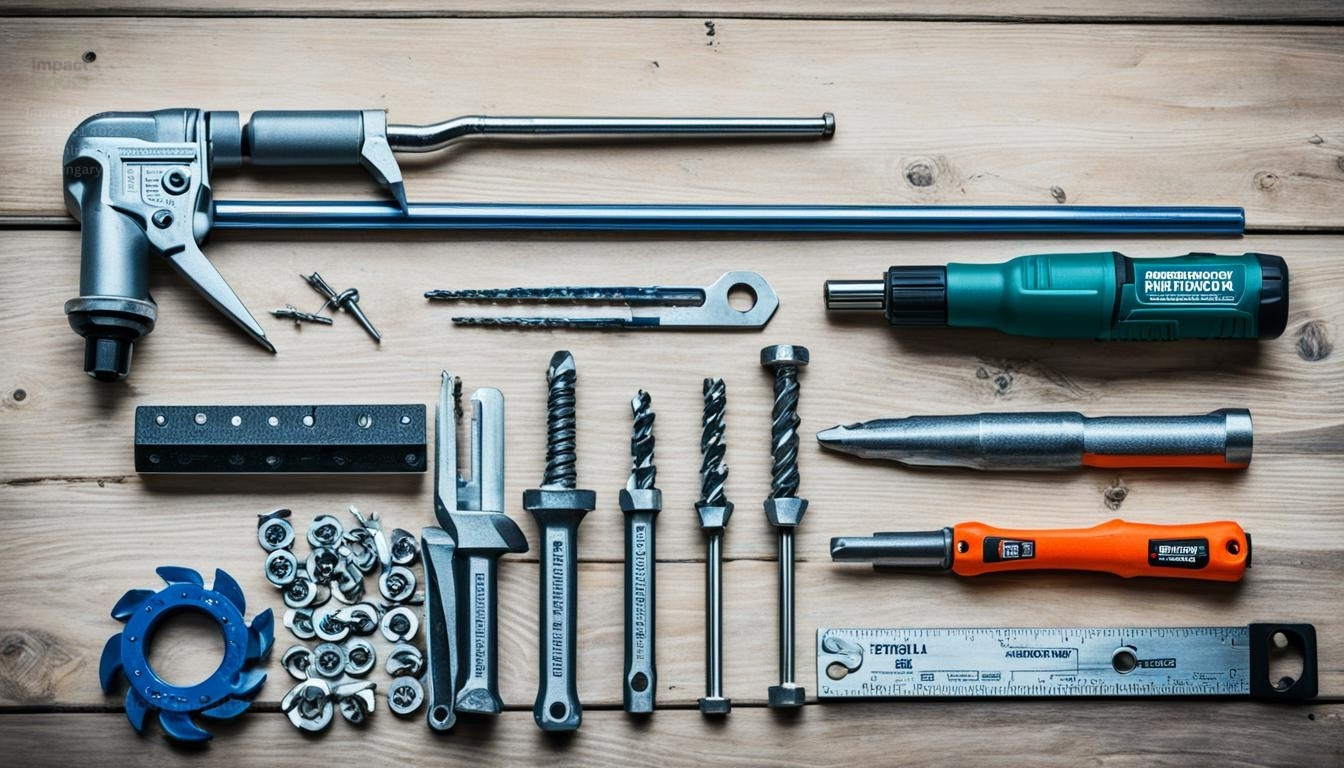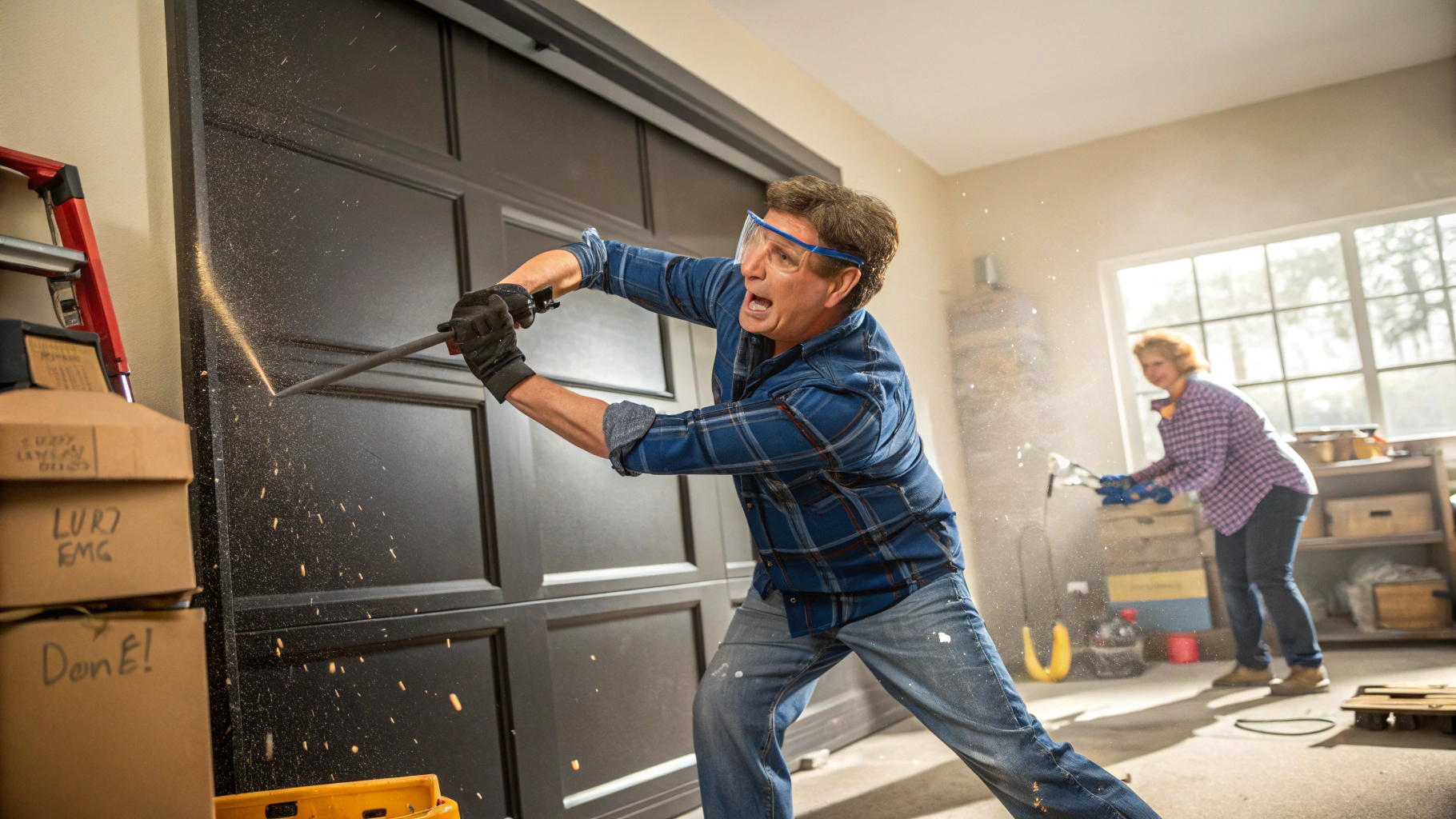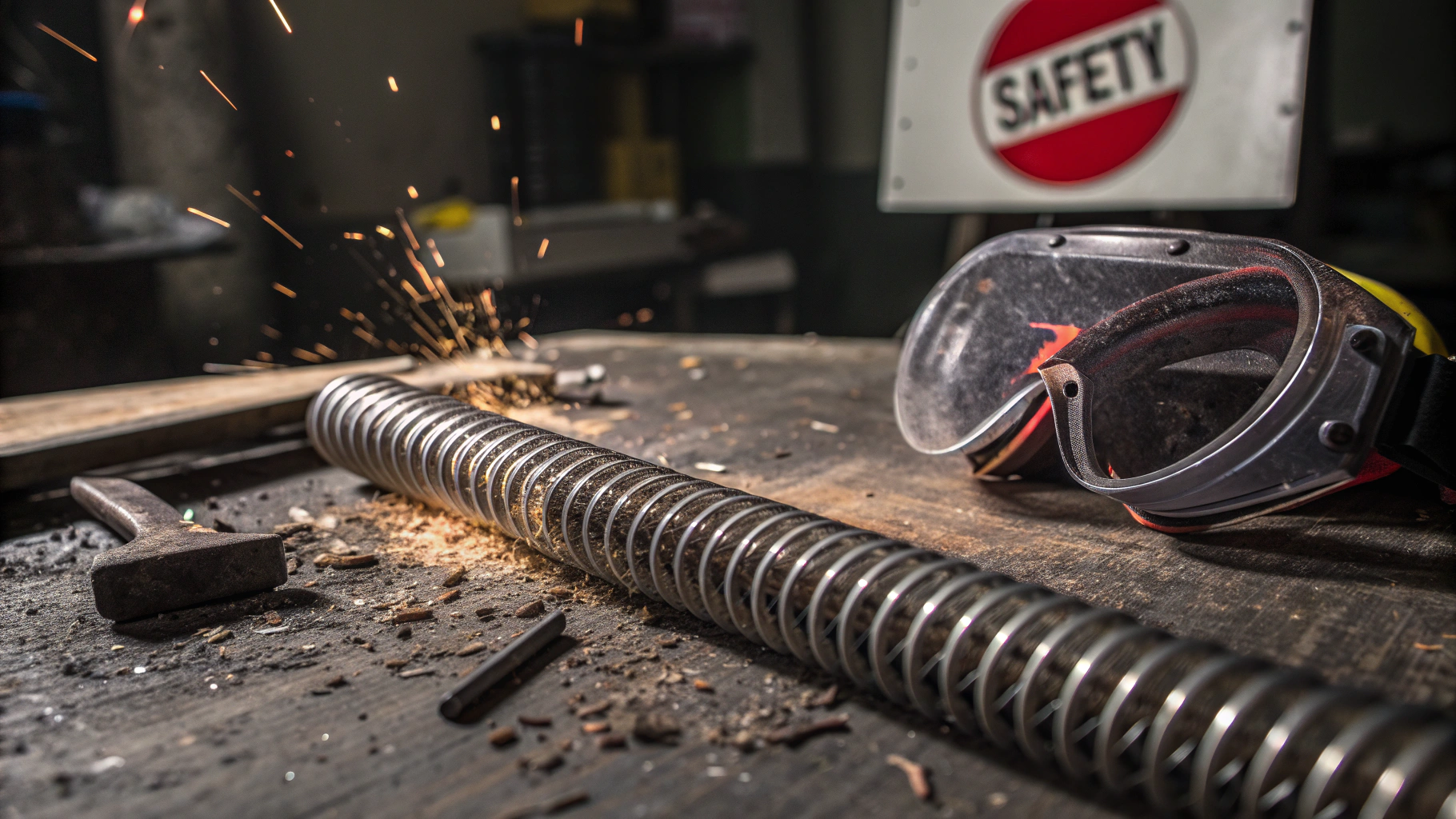How to Install a Garage Door in Racine: A 2025 Safety Checklist
For Racine homeowners, the idea of installing a garage door yourself in 2025 might seem appealing—cutting labor costs, learning new skills, and tailoring the project to your schedule. But with heavier materials, stricter local codes, and tech-driven components becoming standard, is this a realistic DIY project? Let’s unpack the realities, from twisted springs to hidden permit fees, so you can decide if grabbing those tools is worth the risk.
Installing a garage door requires more than just enthusiasm. Here’s what Racine DIYers need to know before starting:
-
Prep Work Matters More Than You Think
Disconnect automatic openers and secure torsion springs—these coiled hazards store enough energy to cause serious harm if mishandled 1. Rally a friend to help lift panels (even lightweight steel doors weigh 130+ pounds), and check Racine’s updated 2025 building codes. Recent revisions now require energy-efficient insulated doors in new installations, and permits may be needed if you’re modifying your garage’s structure 23.
-
The Spring Trap: Where DIY Dreams Go to Die
Torsion springs are the make-or-break step. When John, a Racine mechanic, tried replacing his own springs last spring, he underestimated the tension.
“The wrench slipped, and the spring snapped my safety goggles in half,”
he recalls. Stories like his aren’t rare—Wisconsin ERs reported 47 spring-related injuries in 2024 alone 4. Pros like Jim’s Garage Door Service in Racine use spring clamps and tension rods; without these, you’re gambling with physics.
-
Tech Troubles You Can’t Ignore
Modern garage doors aren’t just metal slabs. Wi-Fi-enabled openers (a 2025 staple) require precise sensor calibration. Skimp on this, and you might accidentally leave your home vulnerable to hackers exploiting weak encryption—a risk highlighted in Milwaukee’s 2024 Cyber Safety Report.
-
The Final Test: Does It Pass the ‘Coffee Cup’ Check?
After installation, place a coffee cup in the door’s path. If the auto-reverse feature doesn’t stop the door, your safety sensors are misaligned. This simple test is now recommended by Racine’s building inspectors to prevent accidents.
Tools You’ll Need (and Mistakes You’ll Make)
Forget “winging it” with a hammer and duct tape. Racine DIYers report these essentials:
-
Laser level ($45 at Menards): Critical for aligning tracks.
-
Spring tension tools: Rentable at A1 Garage Door’s Racine location.
-
Impact driver: Struggling with stripped screws? You’ll regret skipping this.

Skimp on safety cables for extension springs, and you’ll violate Racine’s code SPS 321.03—a $150 fine waiting to happen 56.
Cost Comparison: DIY vs. Hiring a Racine Pro
-
DIY Costs (2025): $800–$2,500 for materials. Add $200+ if renting spring tools.
-
Professional Install: $2,300–$4,000 for a standard steel door. Local companies like Doors & More WI include disposal of old doors and 5-year warranties 78.

While DIY seems cheaper, 1 in 3 Racine homeowners overspend fixing botched installations—like Sarah K., who paid $900 to realign tracks she’d installed crookedly.
When to Call a Racine Professional Immediately
- Spring replacements: Even seasoned DIYers call pros here.
- Smart opener setups: MyQ-compatible systems need encryption know-how.
- Permit paperwork: Racine’s inspection office rejects 22% of DIY applications for missing energy ratings 2.
The Bottom Line: Should You Tackle This Project?
Installing a garage door yourself in 2025 isn’t impossible—it’s a puzzle with deadly stakes. If you’re detail-oriented, own heavy-duty tools, and have a helper, you might save $1,500. But for most? The spring risks, tech hiccups, and stringent codes make hiring a Racine pro the wiser investment. As you debate, ask: Is that potential savings worth a weekend in the ER or a failed inspection?
Local Resources: Menards offers free garage door workshops on Highway 20, while Jim’s Garage Door Service provides free spring safety checks—use them before picking up a wrench 1011.








